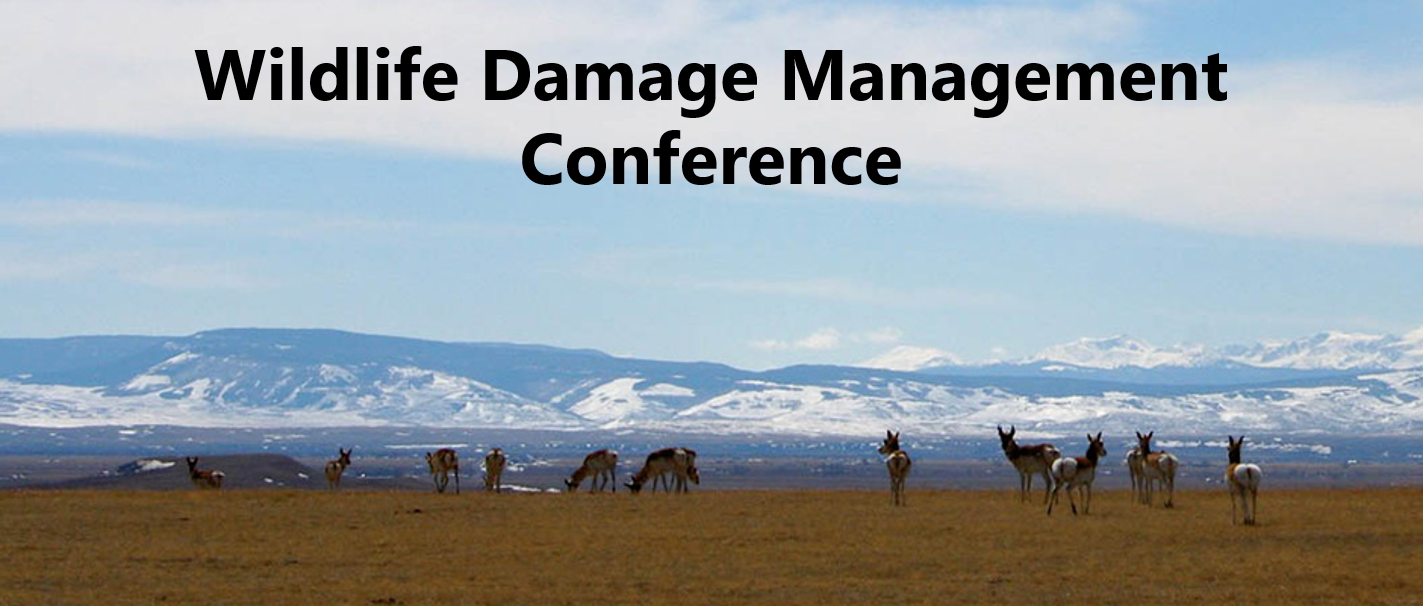Location
Orange Beach, AL
Start Date
27-2-2017 9:00 AM
Description
Many wildlife populations are expanding both their range and population densities given effective management practices. This wildlife expansion, combined with concomitant human expansion, has led to increased human-wildlife conflict in many parts of North America. Managing these conflicts has become more difficult given increased regulation on many management tools, leading to a need for new, effective strategies for mitigating these conflict situations, as well as a clearer understanding of how current management practices influence both target and non-target wildlife. A greater and more focused effort on education and outreach is needed to clearly inform all parties about true versus perceived risks associated with controversial management strategies given that the general populace will likely drive most future wildlife damage management regulation. As wildlife scientists, our goal should be to allow society to make management decisions that are based on sound science rather than on limited data sets, or worse yet, conjecture or social dogma. Such a strategy would allow for management programs that are both socially acceptable and effective in minimizing human-wildlife conflict.
Recommended Citation
Baldwin, Roger A., "Challenges and Opportunities for the Wildlife Damage Management Profession in the Face of Expanding Wildlife Populations : An Extension Perspective" (2017). Wildlife Damage Management Conference. 2.
https://digitalcommons.usu.edu/wdmconference/2017/plenary/2
Challenges and Opportunities for the Wildlife Damage Management Profession in the Face of Expanding Wildlife Populations : An Extension Perspective
Orange Beach, AL
Many wildlife populations are expanding both their range and population densities given effective management practices. This wildlife expansion, combined with concomitant human expansion, has led to increased human-wildlife conflict in many parts of North America. Managing these conflicts has become more difficult given increased regulation on many management tools, leading to a need for new, effective strategies for mitigating these conflict situations, as well as a clearer understanding of how current management practices influence both target and non-target wildlife. A greater and more focused effort on education and outreach is needed to clearly inform all parties about true versus perceived risks associated with controversial management strategies given that the general populace will likely drive most future wildlife damage management regulation. As wildlife scientists, our goal should be to allow society to make management decisions that are based on sound science rather than on limited data sets, or worse yet, conjecture or social dogma. Such a strategy would allow for management programs that are both socially acceptable and effective in minimizing human-wildlife conflict.


